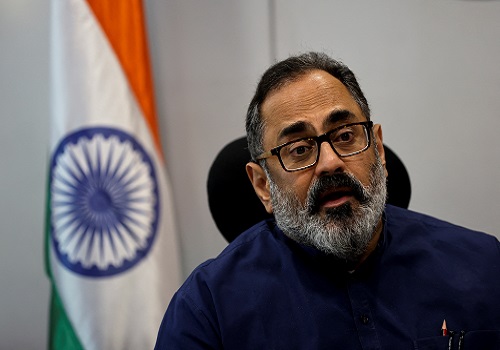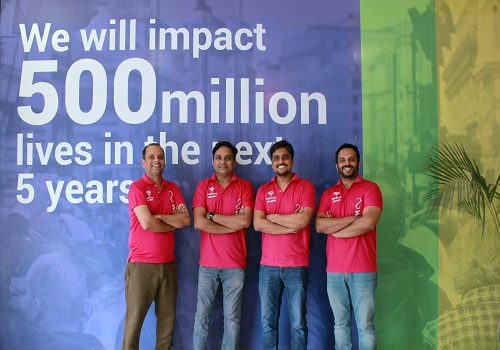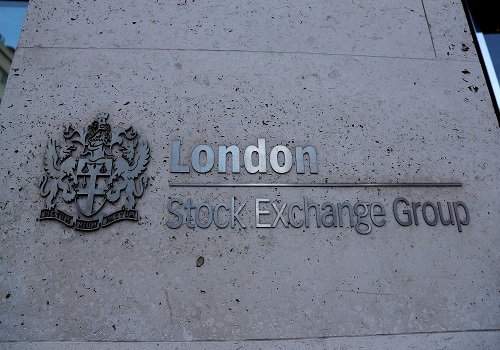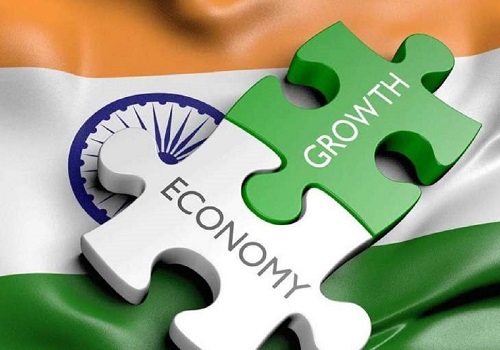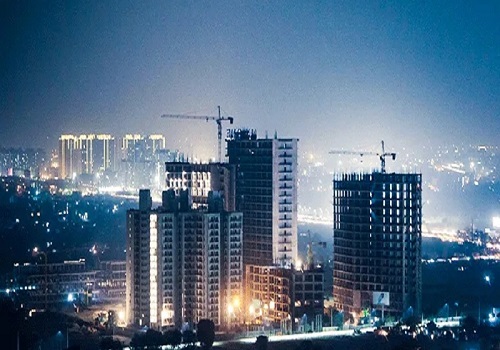Telecom Sector Update - Changing market construct 2.0 – impact of new developments By Motilal Oswal
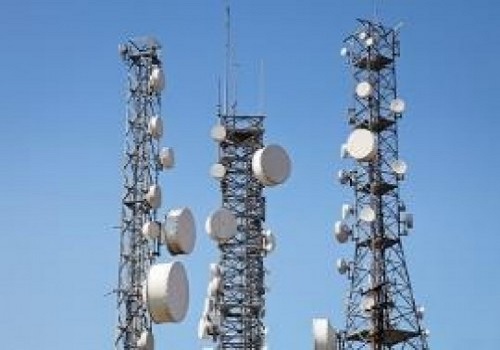
Follow us Now on Telegram ! Get daily 10 - 12 important updates on Business, Finance and Investment. Join our Telegram Channel
Changing market construct 2.0 – impact of new developments
Relief package and tariff hike to provide a breather for VIL
Since the last report, when we discussed VIL’s pressing need to improve liquidity to service debt, two major developments have occurred: 1) the government’s relief package, including the four-year moratorium on regulatory payments, and 2) ~20% tariff hikes. This has certainly given VIL some breathing room, but this begs some key questions: Is this enough to bring it out of the woods? What would the corollaries of this be on peers? We elucidate this in the report.
Moratorium and tariff hikes address 70% of VIL’s next four-year cashflow requirement
In our report last month, we highlighted that against the current EBITDA (pre-Ind AS 116) of INR57b (2QFY22 annualized), VIL had three key obligations: a) INR220b in annual installments towards deferred spectrum and AGR liabilities; b) debt servicing and maintenance capex of INR70–80b; and c) INR64b for the upcoming NCD repayment over Dec’21–Mar’22. Firstly, the government relief package – which, among other things, extended the moratorium by another four years up to Dec’25 – particularly helped VIL address INR220b worth of annual installments. The second positive development came in the form of the much-awaited 20% tariff hikes by all the three large telcos. This would help improve EBITDA for RJio/Bharti/VIL by 27%/13%/68%, especially helping VIL reach EBITDA of INR118.7b (pre-Ind-AS 116) by FY23. This would help manage debt servicing and maintenance capex, provided the market share loss is arrested. We have more on this below.
But, is this enough to bring it out of the woods?
What happens after four years?
The moratorium helps to solve VIL’s immediate liquidity woes, but its ballooning debt and annual EMI after four years may pose a challenge. The total EMI for deferred spectrum and AGR liabilities could increase to INR407b (from INR236b premoratorium), against even the post-tariff-hike normalized EBITDA (pre-Ind AS) of INR118b (FY23E), adjusted for the recent 20% tariff hikes. The government has offered the option to convert the interest component accrued during the moratorium period into equity – which is around INR189b, as per our calculations, against the current market capitalization of INR410b. Consequently, cumulative interest cost on moratorium is expected to reach ~INR690b. The numbers are startling; therefore, ARPU would need to increase by ~1.8x to reach a level where VIL would be self-sustainable over the next four years or may need to grow its revenue by 2.8x from current levels.
What is the visibility for VIL over the next 2–4 years?
The first pressing need is to source INR64b for the upcoming NCD repayment over Dec’21–Mar’22. This needs to be addressed immediately. Additional repayments in FY23E as well as debt servicing and maintenance capex could be managed with the increased tariff hike. However, the previous tariff hike of over 25% taken in Dec’19 saw EBITDA increase of INR15b on an annualized basis (over 2Q–4QFY20) – i.e., just 20–25% of our expected EBITDA upside (Bharti Indi Mobile saw EBITDA increase of ~INR44b) – primarily due to high churn. Thus, a lot depends on VIL’s market share trend going forward.
How is the market share trending
In the 10 quarters since the merger, VIL has lost 12.5pp market share (from the peak of 30.8% post the merger) to 18.3% AGR market share (incl NLD). Of this, eight circles now have average market share of 7%-8%, although six of them are from C circles. The silver lining is that VIL’s AGR market share seems to have bottomed out in 2QFY22, with just 10bp market share loss and only nine circles losing share (out of 22), much below the average count of 12–15 circles losing share in the previous quarters. However, this may be attributable to recovery from the second COVID wave, amid which VIL’s large portion of low-ARPU feature phone subscribers could have been more severely impacted, similar to the first wave trend over 1Q–2QFY21. Interestingly, VIL’s top 14 circles still contribute 17.2% to LTL market share, largely in the A and B circles, and have seen loss of 870bp over the last 12 quarters v/s 490bp in the rest of the eight circles.
What drives market share stability, network, and marketing?
The market share trend is a direct consequence of network strength and market aggression. VIL’s cumulative capex of INR245b in the last three years is 31%/20% of Bharti/RJio’s capex. This is reflected in the number of broadband towers/cell sites of VIL at 0.7x/0.9x of Bharti. Thus, to protect its market share, it needs to invest in the network and similarly remain aggressive in chasing market share. Until the risk of market share loss persists, it could take longer for VIL to match Bharti and RJio’s count of sites and overall investments in the network. With increased pricing, VIL is able to protect market share, it could certainly limit incremental market share led growth for Bharti/RJio, but a.) Secular price improvement could be a key positive for the sector.
One’s loss is another’s gain
VIL’s market share loss has led to gains for RJio and Bharti. In the first 3–4 years that RJio was launched, it was the key gainer of VIL’s market share loss. However, the last couple of years has seen Bharti turn the tables by making significant network investments and aggressively capturing market share, with the company emerging as the key market share gainer. In the last 4 quarters, Bharti has gained 4% market share, whereas RJio’s market share grew by merely 1% by capturing share from VIL. This is where we see key growth potential for Bharti. The eight weak circles have a quarterly revenue pool of INR6.2b (2QFY22), i.e., 150bp market share available. On the other hand, the market share of the rest of VIL’s circles is dependent on its market aggression and network investments. This could continue to provide 4%/3% incremental revenue growth for Bharti/RJio. Furthermore, VIL’s long-term visibility is dependent on a) its large-scale capital infusion requirement to improve the balance sheet and invest in the network and b) achieving sustainable ARPU of INR324.
We expect a 24% EBITDA CAGR for Bharti over FY21–24E. Furthermore, with market share gains as an additional option value, Bharti has the capability to achieve 13% revenue growth in India Mobile (from 8% mix-led ARPU improvement over FY23– 24E), assuming a ~3m monthly 4G subscriber add run-rate and 2–3m subscriber growth. RJio is expected to drive a 14% revenue CAGR on the back of 8% subscriber growth over FY21–24E. We see additional EBITDA potential of INR100b if VIL is unable to infuse large-scale capital and improve its ARPU/revenues to sustainable levels.
Valuation perspective
Over the last 10 years, RoCE for the Telecom industry has been in the low single digits. We see a strong opportunity for both tariff and market share gains for Bharti and RJio. We expect capex to peak out, and incremental EBITDA growth may far outpace the capex intensity over the next 2–3 years. Incremental EBITDA could drive RoCE and FCF for Bharti and RJio.
Bharti: We see a potential re-rating upside in both the India and Africa businesses on the back of steady earnings growth in each region. We value Bharti on a Sept’23E basis, assigning EV/EBITDA of 11x/4x to the India/Africa Mobile business, arriving at SoTP-based TP of INR920. Strong earnings growth from the tariff hike, ARPU mix improvement, and market share should drive double-digit EBITDA growth, with optional value in case there is sector consolidation (given VIL’s financial stress). Airtel Africa is also expected to continue to post double-digit EBITDA growth, which is now seeing a value unlock through the recent stock movement of 30%+ and stake sale in Airtel Money. We maintain our Buy rating.
RJio: We assign a rich 17x EV/EBITDA on a Sept’23E basis, maintaining our TP at INR880/share, factoring in a 34% stake sale. The incremental EBITDA opportunity from the consolidation could provide an impetus to the valuation. RJio’s rich valuation factors in a) its dominant position in the market and b) its foray into Digital, along with the cross-sell opportunity. However, the incremental EBITDA growth potential of INR97b would certainly offer a strong upside.
To Read Complete Report & Disclaimer Click Here
For More Motilal Oswal Securities Ltd Disclaimer http://www.motilaloswal.com/MOSLdisclaimer/disclaimer.html SEBI Registration number is INH000000412
Above views are of the author and not of the website kindly read disclaimer

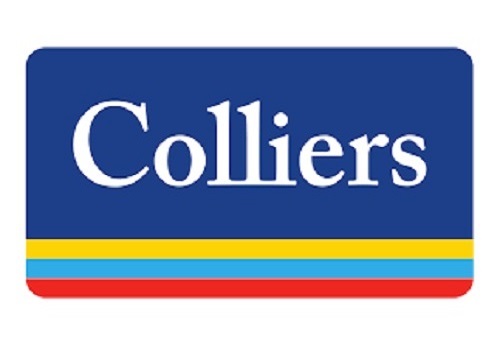
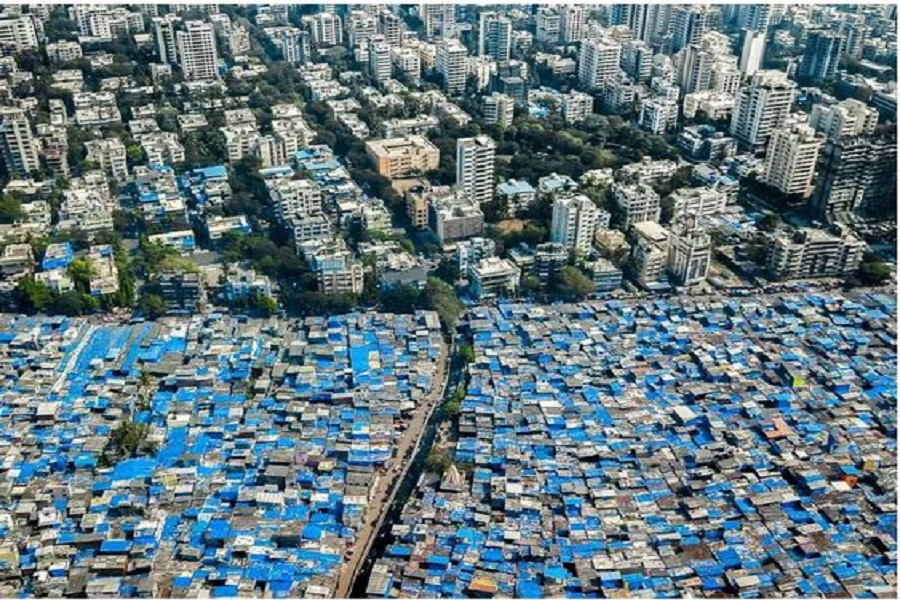
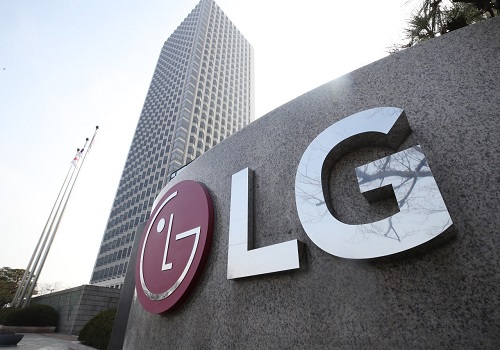
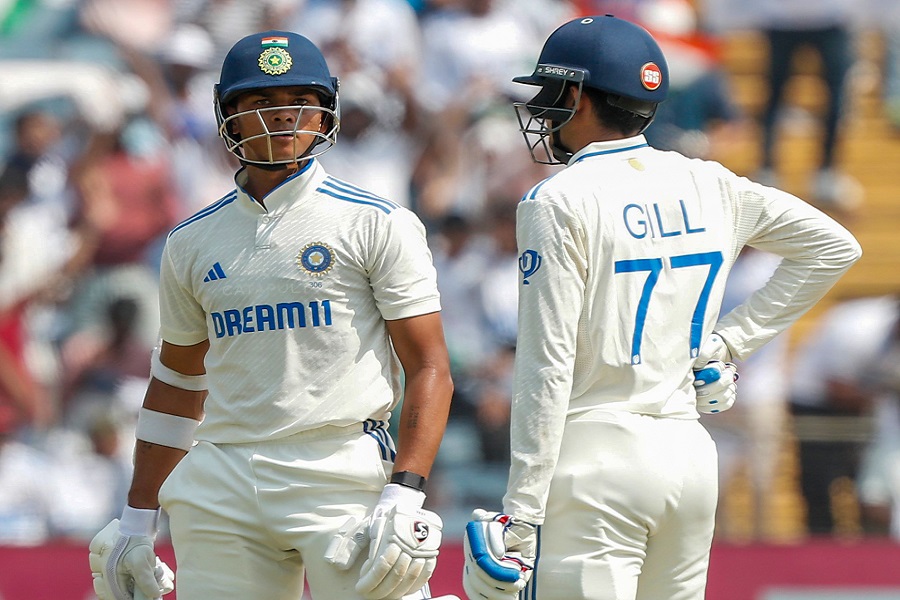


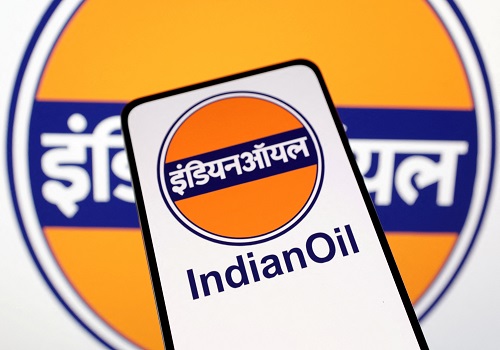


Tag News
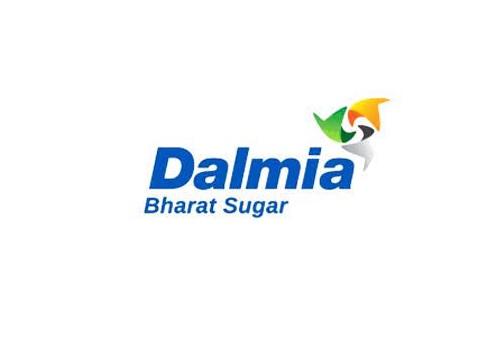
Buy Dalmia Bharat Ltd For Target Rs.2,400 - Motilal Oswal Financial Services Ltd


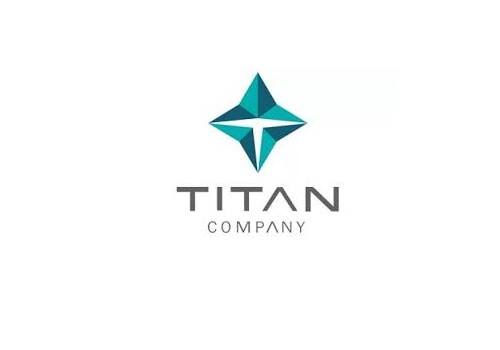


 320-x-100_uti_gold.jpg" alt="Advertisement">
320-x-100_uti_gold.jpg" alt="Advertisement">

